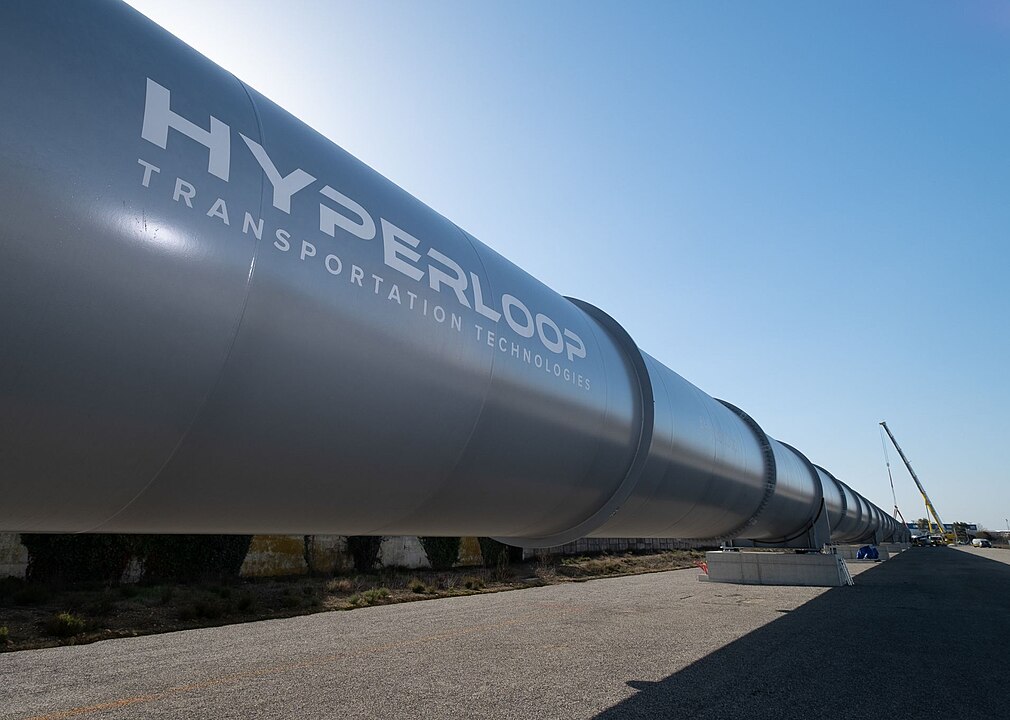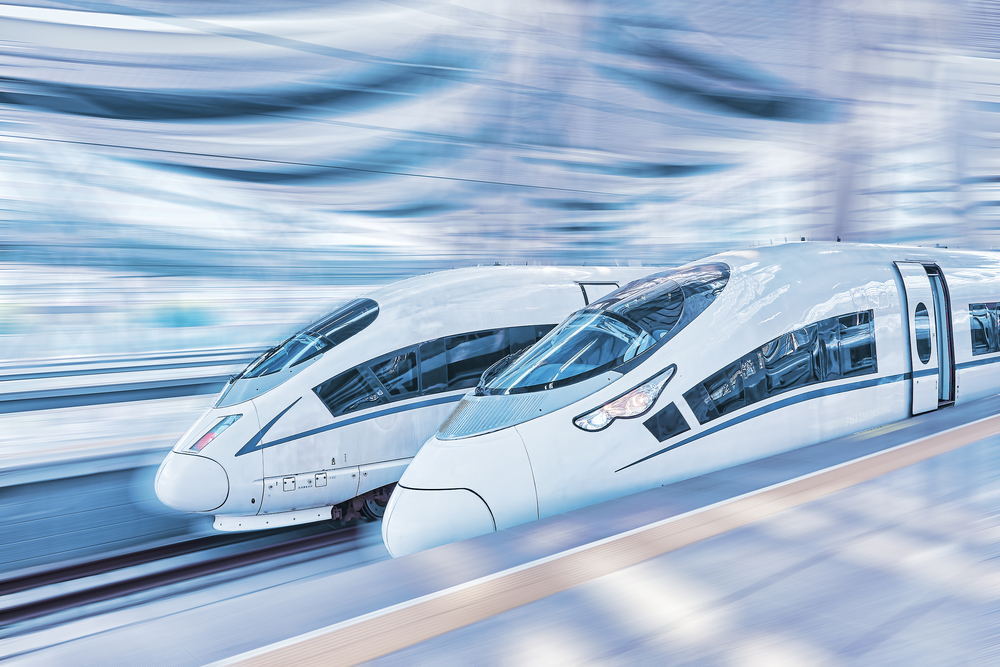High-speed train technologies are rapidly changing the way we travel long distances, making trips faster and more efficient than ever before. From cutting-edge magnetic levitation systems to advanced aerodynamic designs, these innovations are pushing the limits of speed and comfort. As the demand for faster travel grows, these new technologies are set to revolutionize the future of transportation, offering a more convenient and eco-friendly alternative to traditional methods. Here are 10 high-speed train technologies that are making long-distance travel faster and easier.
Contents
Maglev Technology (Magnetic Levitation)

Maglev trains use powerful magnets to lift the train above the tracks, eliminating friction and allowing for higher speeds. With no wheels touching the rail, these trains can travel over 600 km/h while maintaining a smooth and quiet ride. This technology is a breakthrough in efficiency, drastically reducing travel times over long distances.
Hyperloop Systems

Hyperloop pods travel inside low-pressure tubes, reducing air resistance to near-zero levels, allowing them to reach speeds of up to 1,200 km/h. This futuristic technology promises to revolutionize long-distance travel by offering near-supersonic speeds with minimal energy consumption.
Linear Motor Propulsion

Traditional trains rely on wheel-and-rail systems for movement, but linear motor propulsion systems allow trains to glide more smoothly. By using electromagnetic fields to push and pull the train forward, it ensures faster acceleration and deceleration, making travel quicker and more efficient.
Advanced Aerodynamic Designs

High-speed trains are often designed with streamlined shapes to reduce drag. The sleek, low-resistance body minimizes wind resistance, allowing trains to maintain higher speeds with lower energy requirements, improving both efficiency and comfort for passengers.
Regenerative Braking Systems

Regenerative braking converts kinetic energy produced when the train slows down into electrical energy that can be reused. This technology not only enhances energy efficiency but also reduces wear on braking components, making it an eco-friendly solution for high-speed rail systems.
Active Suspension Systems

These systems dynamically adjust the train’s suspension in real time, ensuring a smoother ride even at high speeds. Active suspension improves passenger comfort by minimizing vibrations and sway, while allowing trains to travel faster through curves without compromising safety.
Driverless Train Automation

AI-powered driverless train systems enhance operational precision and reduce human error. These automated systems optimize routes, monitor speed, and improve scheduling, enabling faster, safer, and more efficient long-distance travel.
Tilting Train Technology

Tilting trains are designed to lean into curves, allowing them to maintain high speeds on winding tracks without sacrificing passenger comfort. This technology reduces the lateral force felt by passengers, making for a smoother, faster ride through tight turns.
High-Speed Rail (HSR) Infrastructure

Specially designed HSR tracks allow trains to travel at speeds of 300 km/h or more. These tracks are built with precision to reduce friction and wear, ensuring smooth, stable, and safe high-speed travel over long distances.
Hyperloop Capsule Pods

Hyperloop capsules are designed to carry passengers in near-zero-pressure environments, drastically reducing drag and allowing for near-supersonic travel speeds. These capsules are lightweight, energy-efficient, and have the potential to outperform conventional high-speed trains, making them a game-changer for long-distance travel.
This article originally appeared in MyCarMakesNoise.
More from MyCarMakesNoise
10 Cool Facts About the High-Tech Lockheed Martin F-35

The Lockheed Martin F-35, also known as the Lightning II, is a pinnacle of modern military aviation. This cutting-edge fighter jet combines advanced stealth technology, versatile mission capabilities, and a host of sophisticated systems to dominate the skies. Read More
20 Essential Maintenance Tips for Keeping Your Car Running Smoothly

Keeping your car in top shape doesn’t have to be complicated. With regular maintenance, you can prevent costly repairs and ensure a smooth, reliable ride. From oil changes to tire rotations, simple upkeep can go a long way in extending your vehicle’s lifespan. Read More
15 Car Launches from the 2000s That Flopped Hard

The 2000s witnessed a surge of innovation and fierce competition in the automotive industry. Manufacturers introduced cutting-edge technologies and bold designs, aiming to capture the market’s attention. Read More














